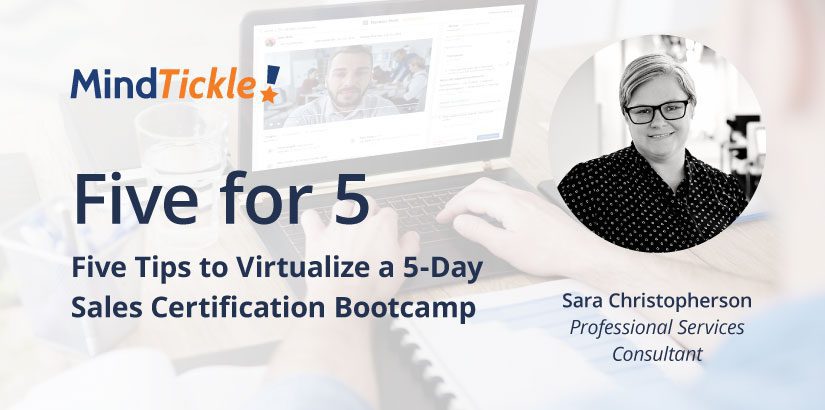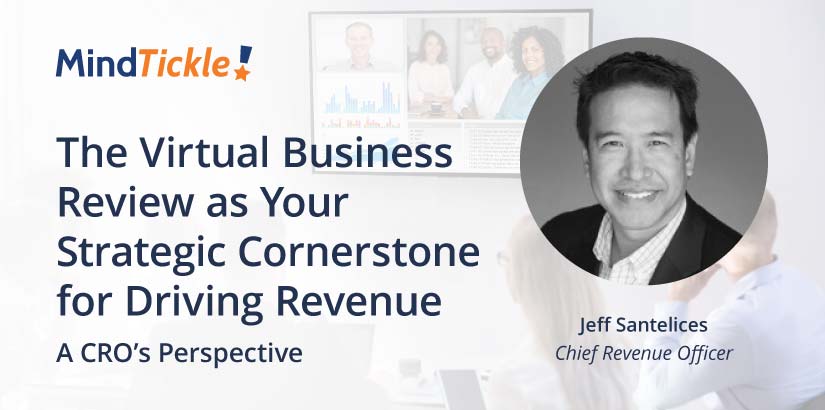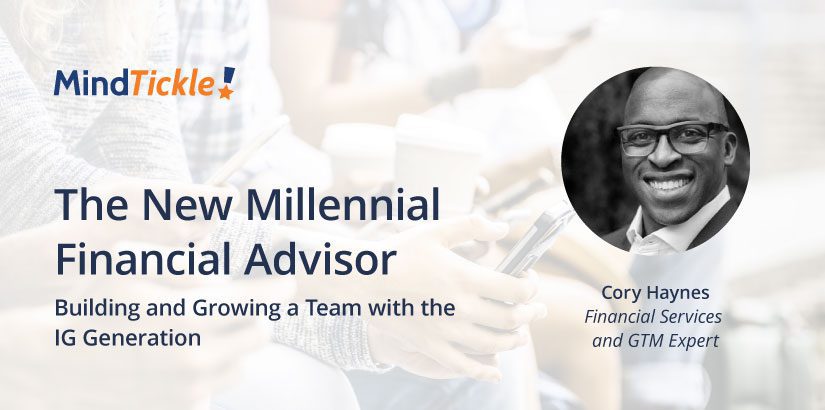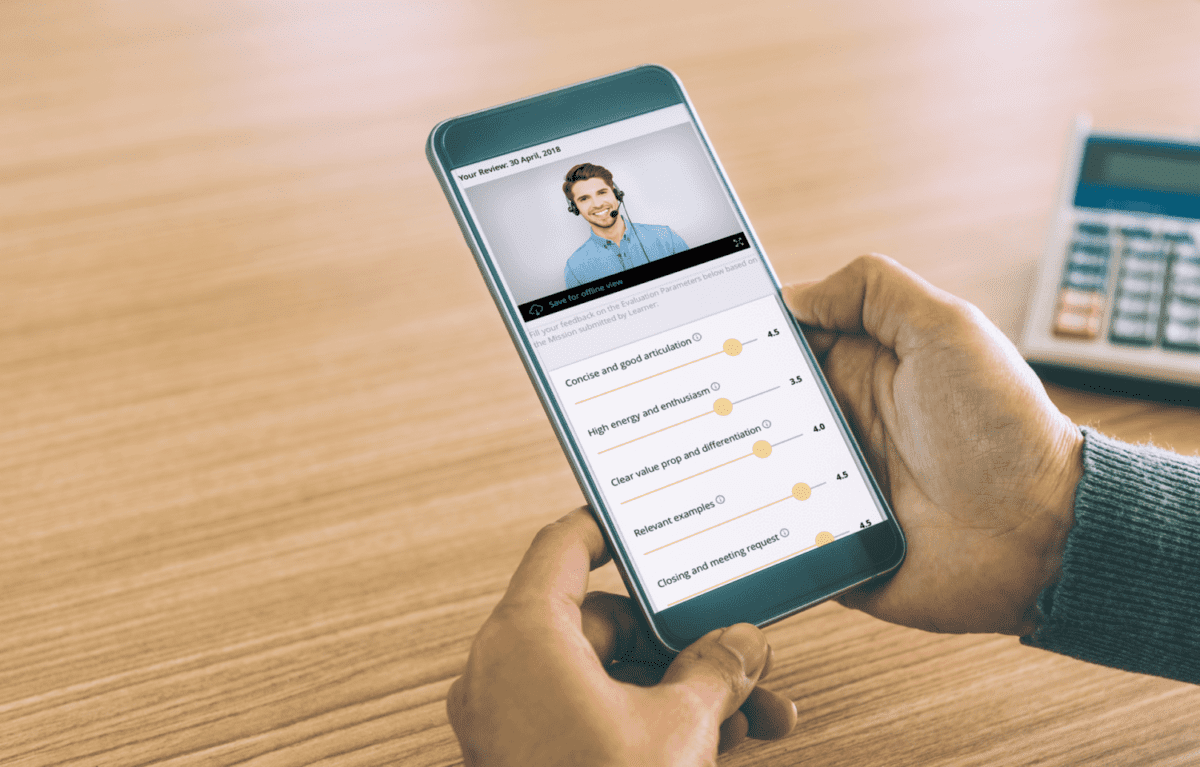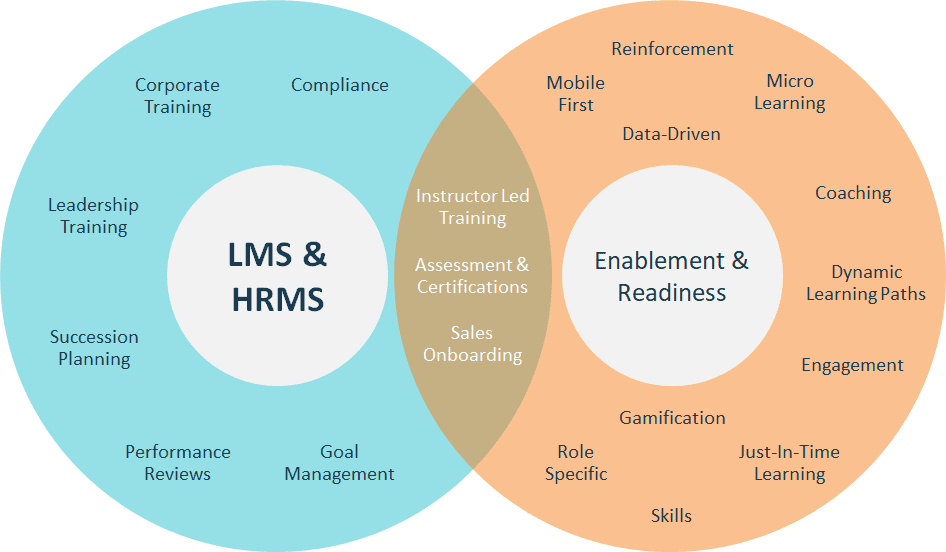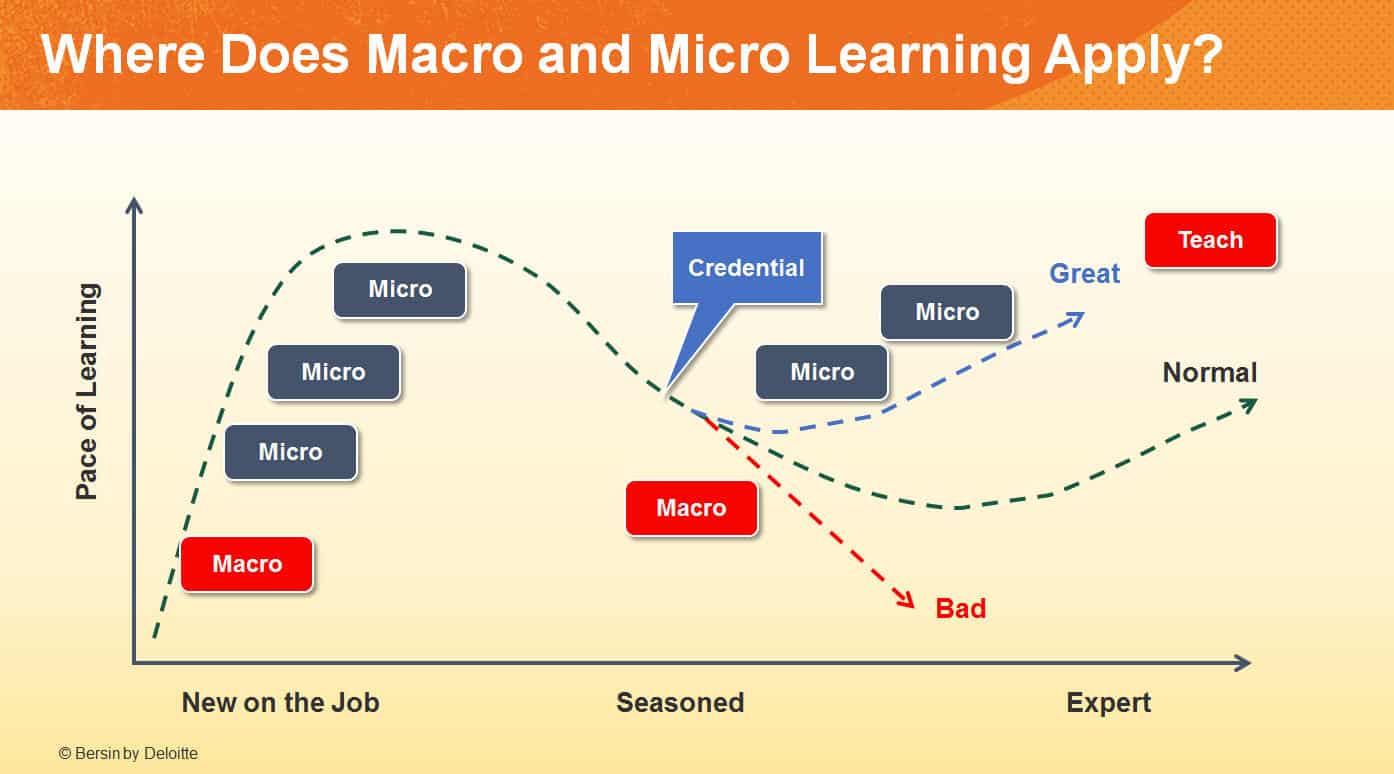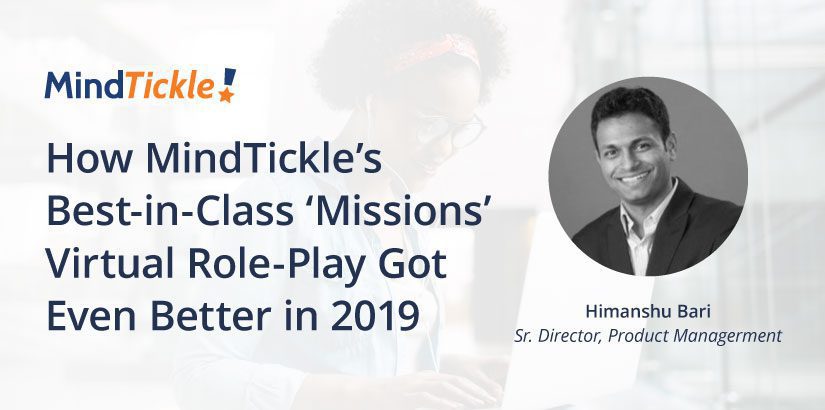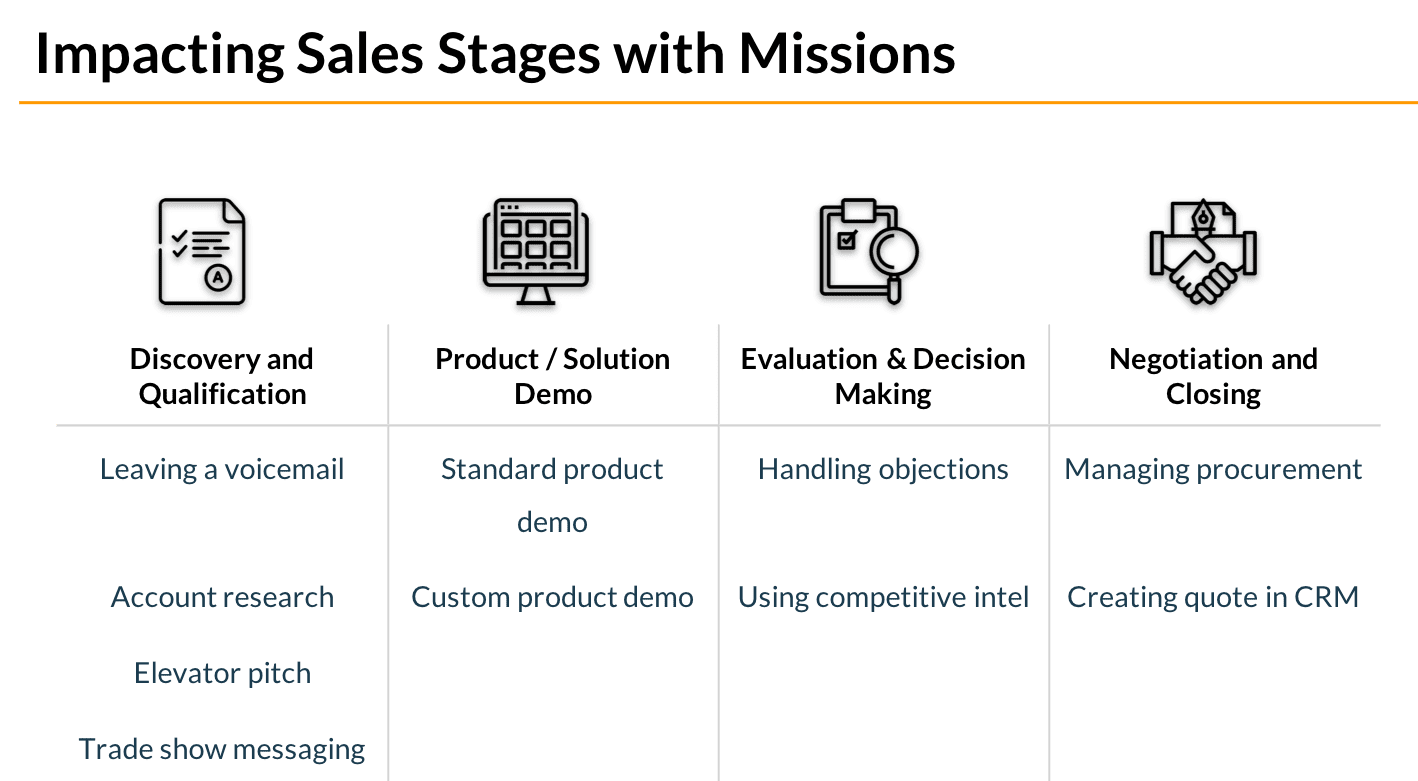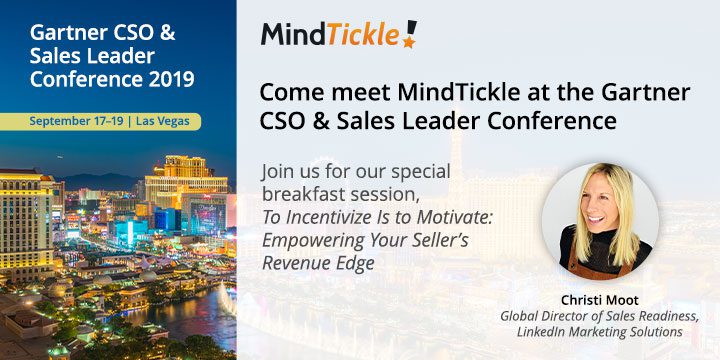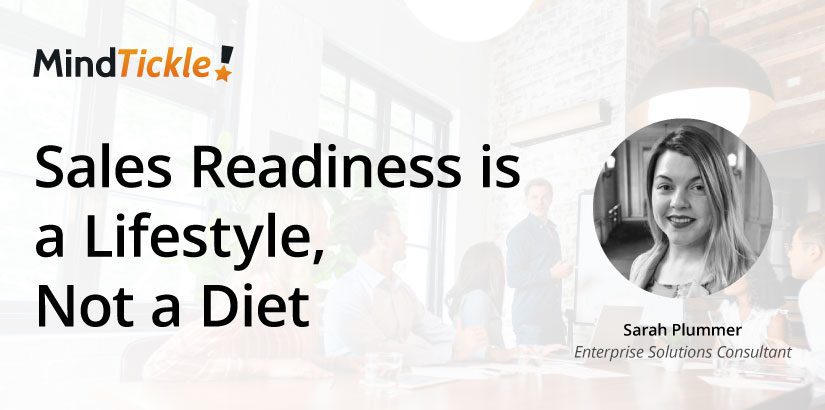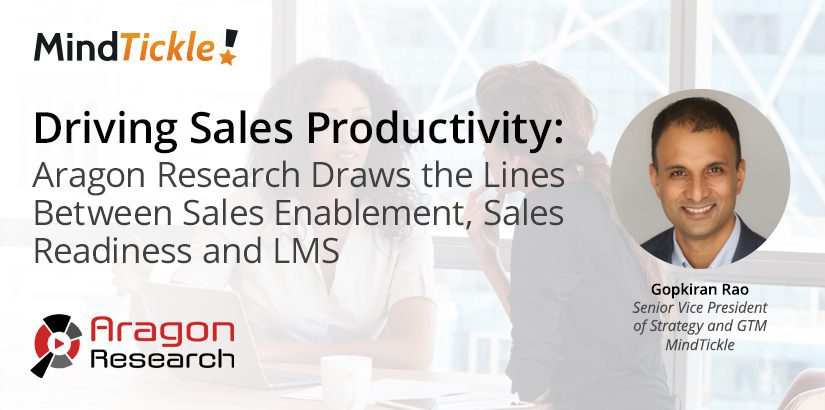Five for 5: Five Tips to Virtualize a 5-Day Sales Certification Bootcamp
Whether you’re a sales enablement leader responsible for sales certification or an L&D practitioner ensuring your customer-facing teams are trained, you’re likely strategizing on how to engage and coach your remote teams. Typically, you’d develop a bootcamp for in-depth training or sales onboarding, but these aren’t normal times. Your challenge is creating a virtual equivalent to the traditional 5-day sales certification in-person bootcamp slated for the end of the quarter. How do you take a “tried and true” certification program, that your organization has delivered in person for years, and successfully transition to a fully virtual offering? First, take a deep breath… Here are 5 critical tips for effectively transitioning a certification enablement bootcamp to online delivery.
Don’t Try to Recreate the In-Person Experience
This may seem like a no brainer, but when a certification program is an established institution at an organization, it may be hard to conceptualize anything else. Start by taking a close look at your agenda and decide what can be adapted or even cut out altogether. Activities like, introductions, company overviews, and trainer backgrounds could be provided ahead of time or cut completely.
Consider a Blended Approach
Use a blended framework that includes pre-work, self-paced content, virtual roleplay (e.g. Mindtickle Missions) and webinars to create an engaging learning experience. Assign pre-work and reading before the training begins. Asking sales leadership to record a video that demonstrates a best-in-class pitch or demo is a great way to keep learners engaged. (Pro tip: Be sure to keep it short and simple) Create self-paced voice over slideshows and pre-recorded videos to teach information and show what great looks like. Save the webinar (in person time) for discussions and Q&A. Consider requiring participants to complete pre-work in order to participate in the program. This will increase engagement and motivate learners to come prepared.
Focus on Skills
Re-evaluate your objectives and focus on the specific skills needed for certification. You will probably need to adjust the agenda and even the content in order to stay skills centered. Remember, while it may be important to know the five product lines at your company, focus only on the ones they are currently studying. Provide opportunities to apply their skills using virtual roleplay activities that include constructive feedback from managers or trainers. Consider using scenario based questions to reinforce skills and knowledge, then complement that with incentives to drive engagement. For example, Mindtickle leverages gamification and allows team members to earn badges as they go.
Communicate Early and Often
Write communications with a “what’s in it for me” mindset and set/send expectations well ahead of time. Be sure to clearly state due dates, timelines, technical requirements, and pre-work. Don’t forget to communicate with managers and leadership as well. They should be aware of the changes to the program and any new expectations so they can answer or direct questions. Additionally, if managers will participate in roleplay activities, it’s important they are enabled on the tools used and provided guidance on the activity parameters. Follow up with at least one additional communication prior to the first day of the training.
Review and Refine
As you move the certification program from in-person to virtual, it’s critical that you evaluate participant feedback, engagement, and performance during and after the program. Use polls or surveys after each section to gauge learner experience. Use the data to look for trends or gaps that need to be addressed. Be prepared to make changes on the fly. Creating a scalable program can be challenging but have a big impact on outcomes.
Using these strategies as well as a robust Sales Readiness platform, such as Mindtickle, you can confidently deploy your virtual certification program. To learn more about Mindtickle’s enablement platform request a demo here. Or if you’re already a customer and have any questions, please reach out to your Mindtickle Customer Success representative.
For more information, please see our page about how Mindtickle supports virtual and online sales events.

